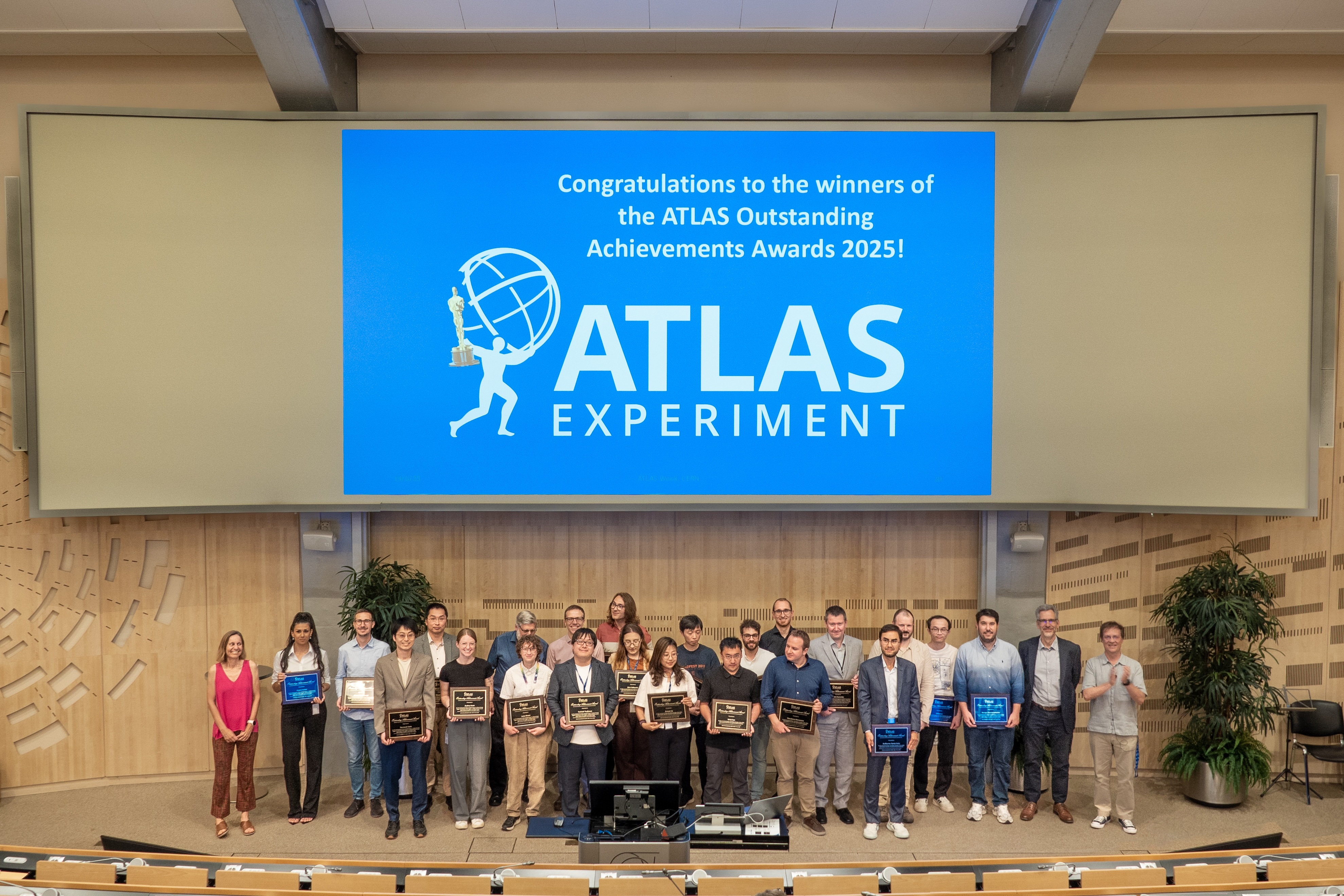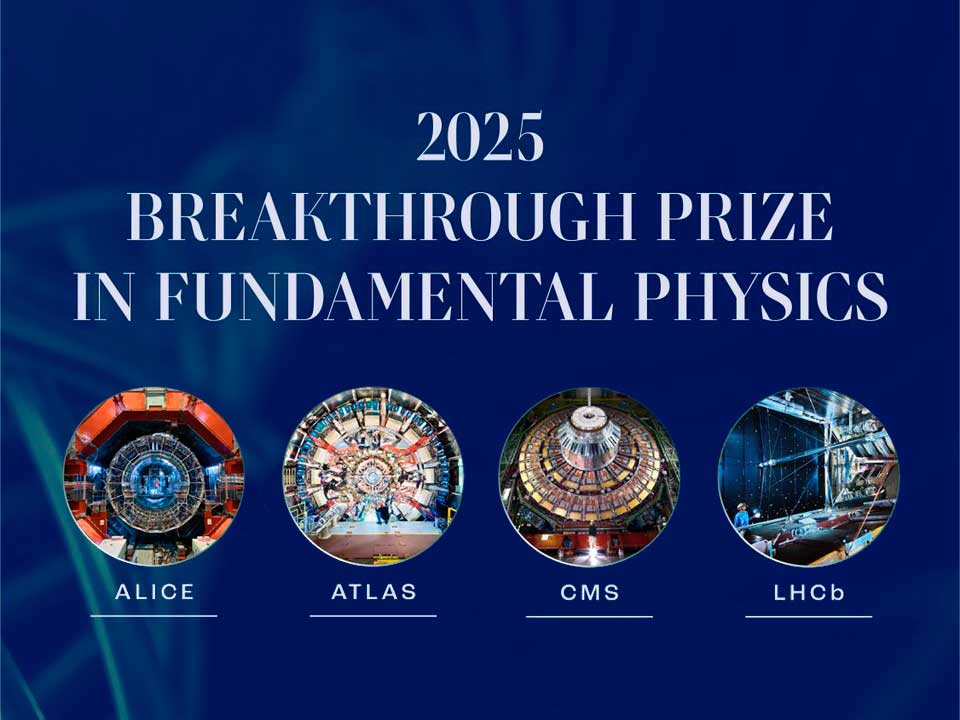Amelia Maio
10 November 2008 | By

If the ATLAS detector assembly could be compared to a marathon, then Amelia Maio would be best described as a long-distance runner! This Portuguese physicist and Associate Professor at Lisbon University has been involved in the design of the ATLAS detector since its very conception. In addition, since the late 1980s, Amelia has also been a very active ‘outreach’ physicist.
Amelia studied Physics at Lisbon University, and did her PhD at Katholieke Universiteit Leuven in Belgium. Initially trained as a nuclear physicist, she switched allegiance to high energy physics, when she returned to Portugal after finishing her doctoral studies.
Besides her research activities, Amelia has been teaching particle and nuclear physics at Lisbon University since 1980. As she says: “I like very much to teach and stay in contact with students; my passion for people is inversely proportional to their age,” Amelia grins.
It was how much she enjoyed teaching that brought Amelia to explaining particle physics, not only to students at her university, but also to secondary school students. “I see outreach activities as an extension of my activity as a Professor,” explains Amelia.
After her long experience in education, Amelia knows well what works better at drawing young students’ interests to physics, and to science in general.
“Students prefer to see labs than to listen to long and boring talks,” she laughs. Since the nineties, high school students have come over to the physics labs at Lisbon University, where Amelia is one of the physicists in charge of showing them around.
An innovator when it comes to exploring new outreach channels, in 1989, Amelia wrote the script for the brief animation film “The life and death of a cosmic particle.”
“It all started by chance. The idea was to make a special lesson for a special day,” she recalls.
Years later, Amelia adapted the script into a play, and recruited some of her physics students with drama skills to perform in the play. The performance included a 3D animation done by João Pequenão, an undergraduate physics student at the time. “The birth, life and death of a cosmic particle” was presented at the ‘Physics on Stage’ at CERN in 2000, and then it has been played on scene in many schools in Portugal.
Multimedia and graphics have played an important role in Amelia’s outreach activities; she suggested the idea of explaining the ATLAS experiment to the general public in three animation episodes. “We wanted to describe the detector, then explain how it detects particles and why it is a tool for new discoveries,” she says.
With help from João, she made the first of the episodes of the “3D ATLAS movie” in 2001.
Many years have passed since Amelia first came to CERN to participate in a calorimetry R+D project in 1981, and ever since, she has made valuable contributions to many different projects. After so much work, Amelia will take a sabbatical at the beginning of next year: “I really don’t know what I’ll be doing!” she laughs. “But it’s not gonna be resting, because I still have to finish several research, outreach and academic projects.”



